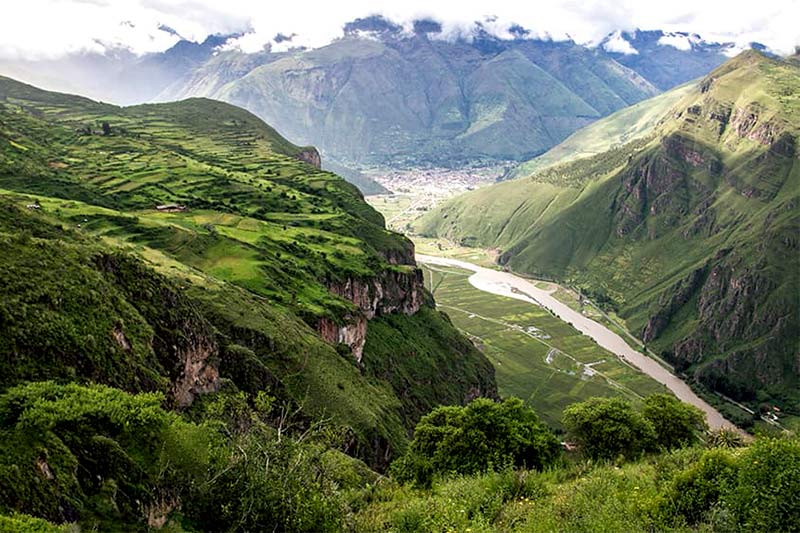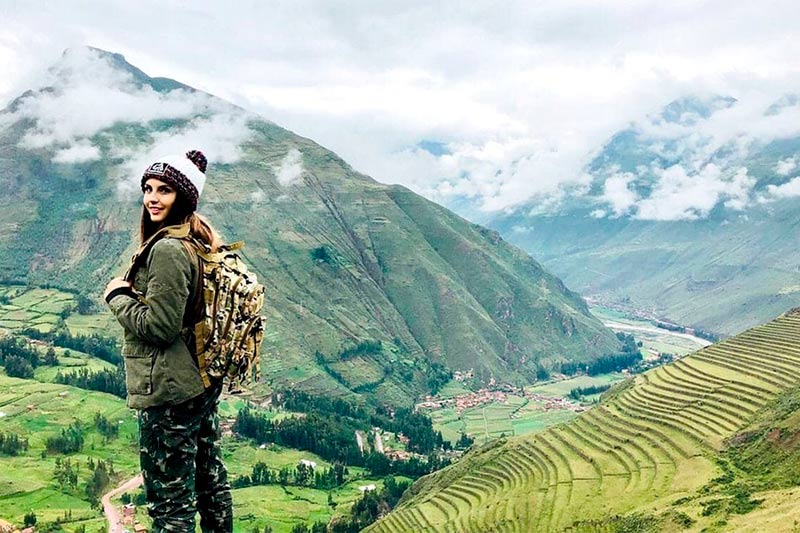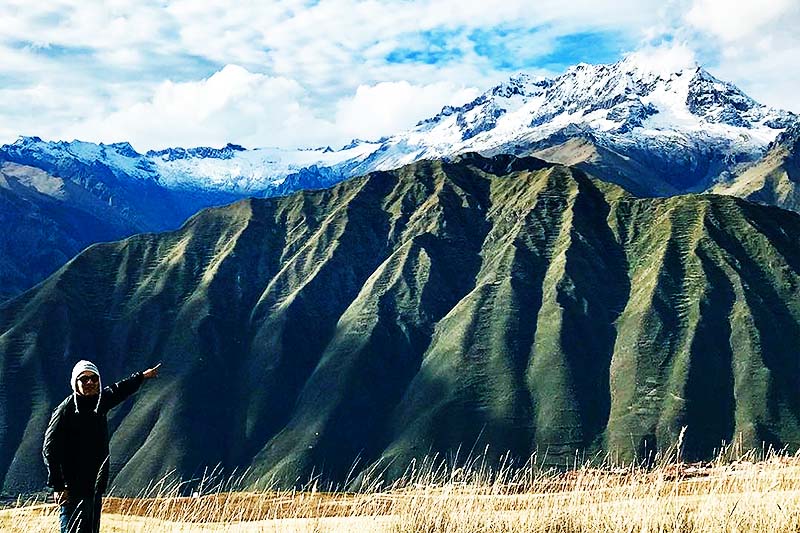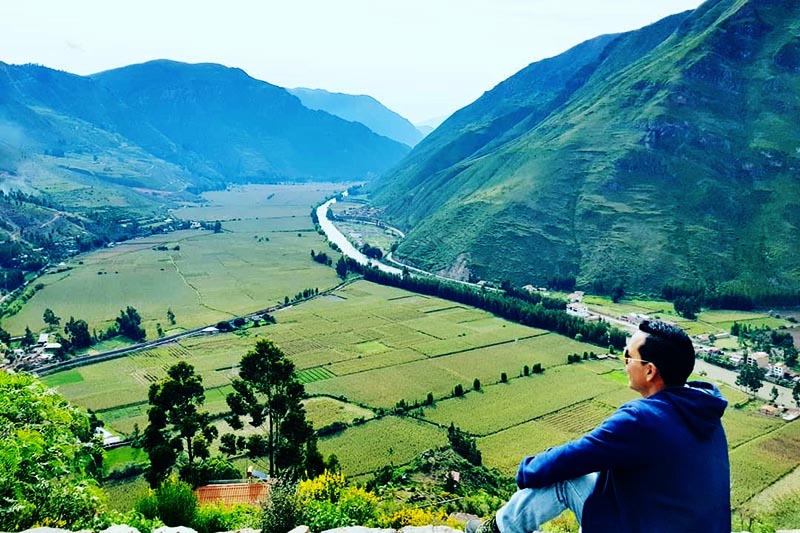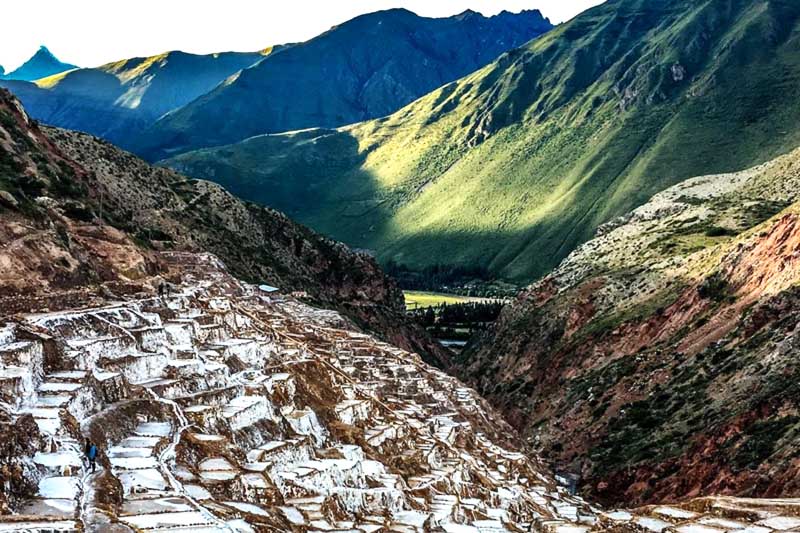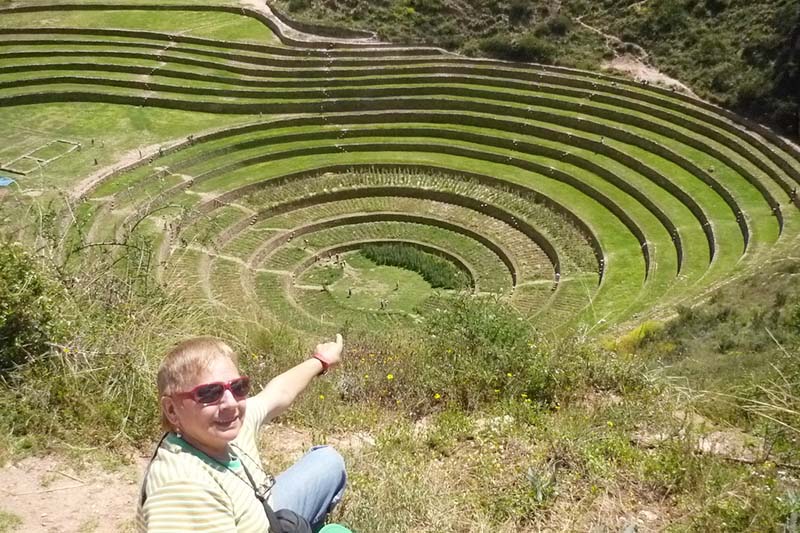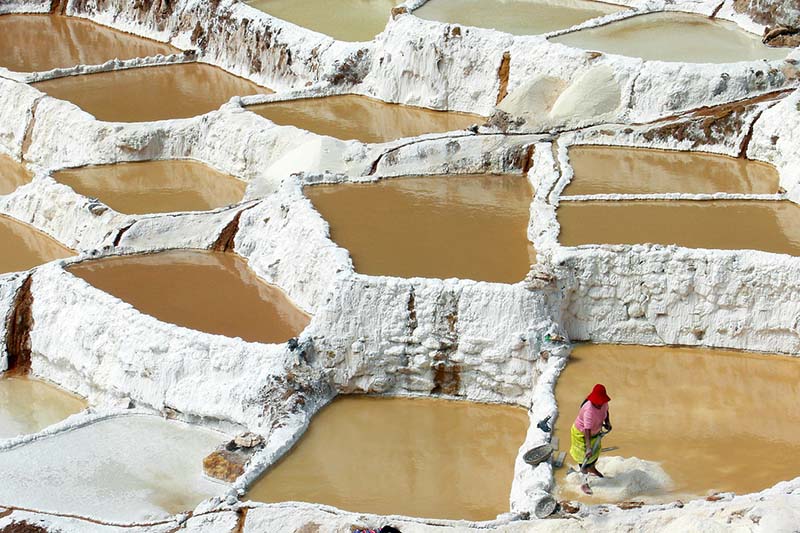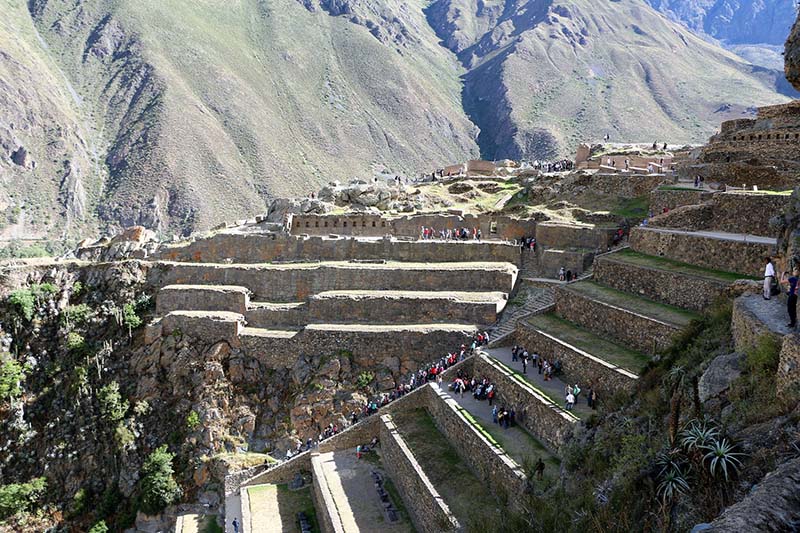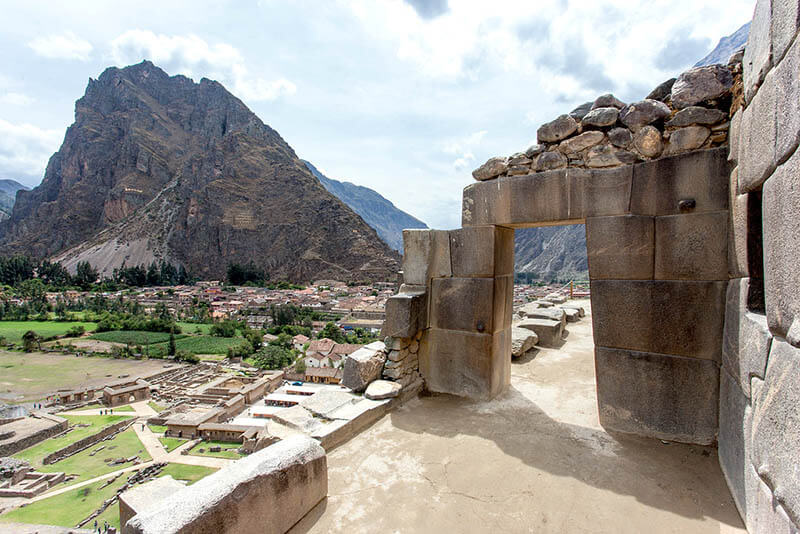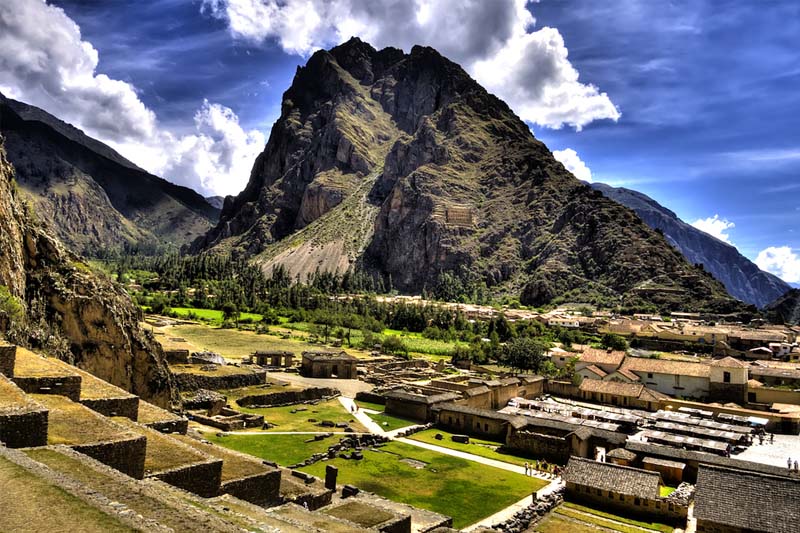The Sacred Valley of the Incas: complete information
The Sacred Valley of the Incas is one of the most important destinations in South America. It houses beautiful traditional towns settled since colonial times like the Maras community. There the Incas built ancient citadels such as Pisac, Ollantaytambo and Chinchero. They also cultivated a great diversity of agricultural products on terraces such as Moray. Today, all these places are very attractive tourist attractions for visitors, before or after the visit to Machu Picchu.
- Where is the Sacred Valley of the Incas located?
- What is the Sacred Valley of the Incas like?
- History of the Sacred Valley of the Incas
- All the places you can visit in the Sacred Valley
- All the sports you can do in the Sacred Valley
- What do I need to go?
- How much does the trip to the Sacred Valley of the Incas cost?
- Tips for your visit
- Image gallery of the Sacred Valley of the Incas
- Questions and answers about the Sacred Valley of the Incas
Where is the Sacred Valley of the Incas located?
- The Sacred Valley of the Incas is located in the province of Urubamba in Cusco, Peru. It is located 15 kilometers northeast of the city of Cusco.
- It is reached by paved road from the city of Cusco. A drive through one of the nearest towns will take you about 40 minutes.
- From there you can move around the other villages in the valley. It is also possible to get there by train. This trip ends in the town of Machu Picchu.
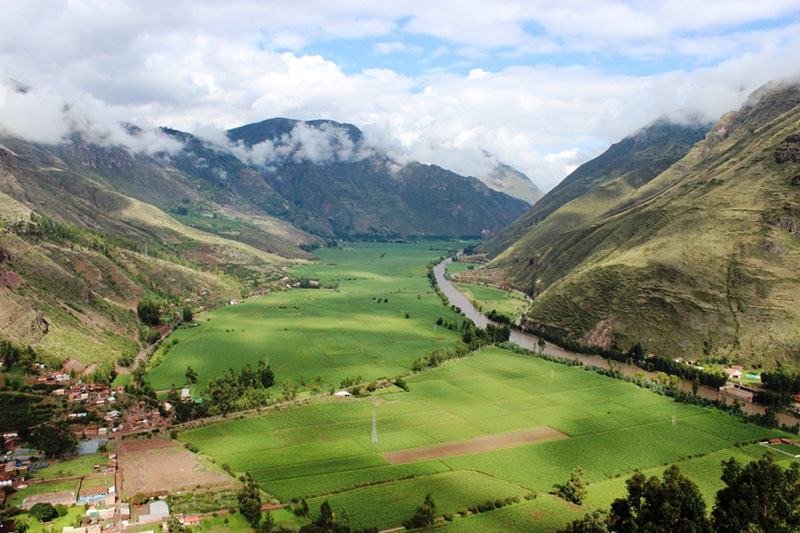
What is the Sacred Valley of the Incas like?
- This valley was a sacred area for the Incas since it comprised an extensive territory very productive for agriculture.
- The main products cultivated by the Incas were: corn, potatoes, olluco, quinoa and coca leaf, considered a sacred plant. Today, agriculture continues to be one of the main activities of the inhabitants of this valley.
- Due to the vast agricultural activity in the valley, the Incas decided to build their main temples and cities there.
- The most important urban centers were Pisac, Yucay, Chinchero and Ollantaytambo. Even further into the jungle, the emperor Pachacutec had a beautiful citadel built to serve as his resting place and border with the jungle villages: Machu Picchu.
- The Vilcanota River runs through all the main towns in the valley. The Incas believed that this river was the earthly representation of the Milky Way.
- The Salkantay and Veronica mountains (considered gods by the Incas) crown the beautiful landscape. Today, the river, the mountains and the land are still considered sacred by the people of Cusco who inhabit these lands. Many tourists come to the Sacred Valley to learn about its history and beauty.
History of the Sacred Valley of the Incas
- The Sacred Valley was inhabited by small Andean communities until the conquest of the Incas (mainly under the rule of Emperor Pachacutec from 1438 to 1471).
- Then began a period of important constructions of terraces, temples and cities such as Ollantaytambo, Moray and even Machu Picchu.
- During the Inca civil war (1529 – 1532), the inhabitants of the valley remained loyal to Huascar’s army.
- With the arrival of the Spaniards, the rebel Inca Manco Inca fled through the Sacred Valley setting fire to Chinchero and settling in Ollantaytambo where he fought fiercely against the invaders. Before his imminent fall, he settled in the inaccessible jungle and established his reign in Vilcabamba.
- With the conquest, the fertile territories of the valley were distributed by the Spaniards. The main temples were destroyed and Christian churches were built in their place.
- Today many parts of the Inca archaeological sites are deteriorated, either by time or damage caused by the Spaniards.
- Even so, the Sacred Valley of the Incas is a popular tourist destination. The villagers preserve many of the ancestral traditions, even from Inca times.
All the places you can visit in the Sacred Valley
Pisac
The town of Pisac is located 33 kilometers from the city of Cusco (it is known as the door to the Sacred Valley). It is world famous for its artisan market and its impressive archaeological remains, located in the upper part of the town. This town is important for its location and fertile land. Its Inca and colonial constructions are admirable. Furthermore, Pisac is famous for being an ideal place for spiritual retreats.
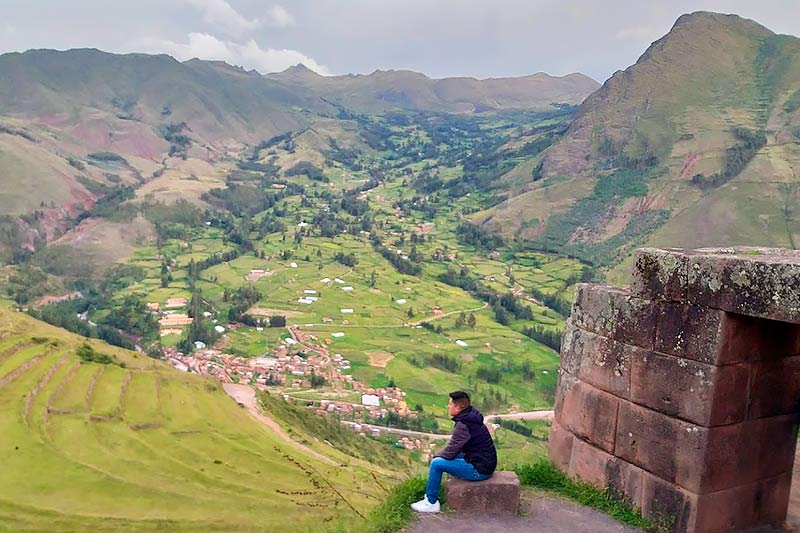
Urubamba
Urubamba is one of the most important cities in the Sacred Valley of the Incas. It was born during the colony and is considered the world capital of corn. This is possible thanks to the fact that it is watered by numerous rivers that are born in the peaks of the glacial mountains. All this territory was appreciated by the Incas due to the fertility of their lands. It is one of the best places to relax. There you will see many foreigners who decided to leave their countries and stay there.
Ollantaytambo
Ollantaytambo is located 97 kilometers northeast of the city of Cusco. During the Inca period it was a fortified city with temples, defense walls as well as urban and agricultural sectors. It is known to have served as an administrative checkpoint. It is considered one of the most important archaeological sites in Peru and South America. Many people consider that, after Machu Picchu, Ollantaytambo is the most perfect Inca citadel.
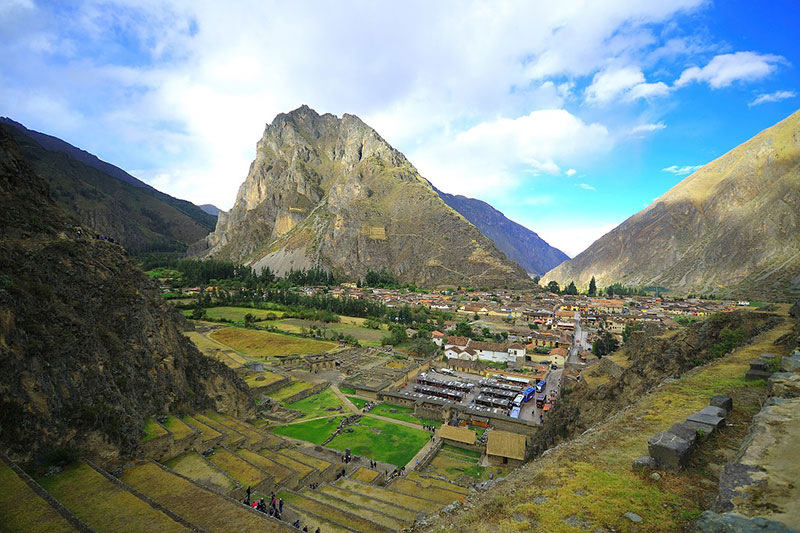
Chinchero
The town of Chinchero is 28 kilometers from the city of Cusco. It is one of the points in the valley located at the highest altitude: 3,772 meters above sea level (12,375 ft). There was the palace of Emperor Tupac Yupanqui, which was destroyed by the Spanish. In its place they built the colonial church of Nuestra Señora de Monserrat. This church built in the 17th century includes canvases from the ‘Escuela cusqueña’. The town is also famous for its artisan market where you can still barter .
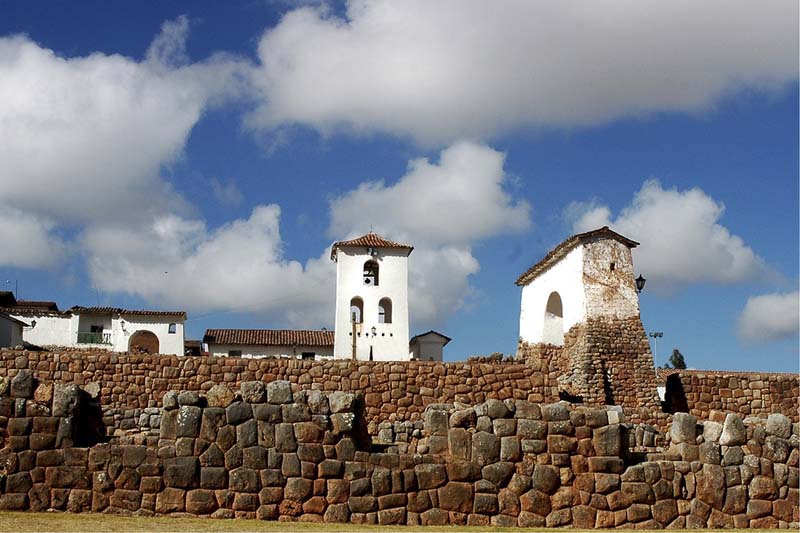
Maras
The town of Maras is famous for its proximity to the hundreds of salt shafts that form a spectacular landscape. There you will see more than 5 thousand salt extraction pools built in the time of the Incas. A saltwater spring and the slope of the Qaqawiñay mountain were used for its construction. The Maras salt mines are one of the 4 places in the world where you can get pink salt . Villagers market this salt in the main markets of Cusco.
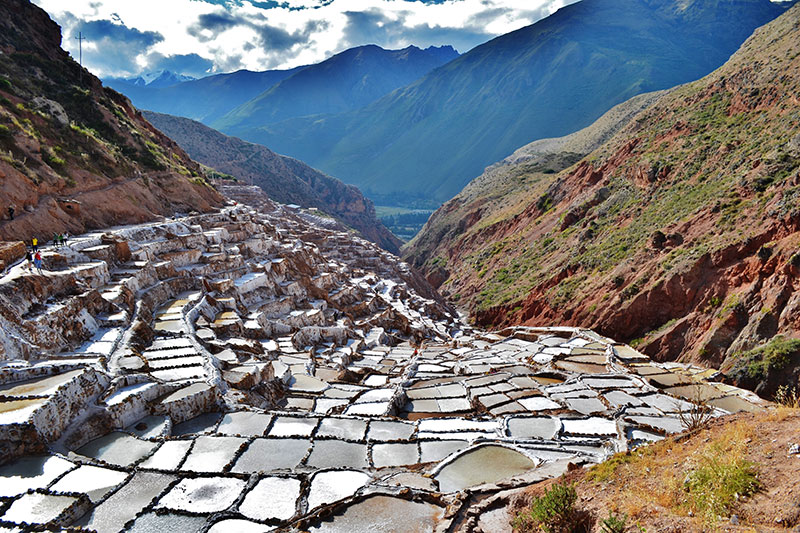
Moray
The town of Moray is located 74 kilometers from the city of Cusco and houses the famous Inca circular platforms. This set of concentric circular platforms give the feeling of being an artificial crater . This place was one of the main ‘agricultural research centers’ of the Inca empire. It was dedicated to experimentation and planting of crops from different places. The different climates and altitudinal floors were built with the intention of making possible the sowing of products from the coast and jungle in cold climates.
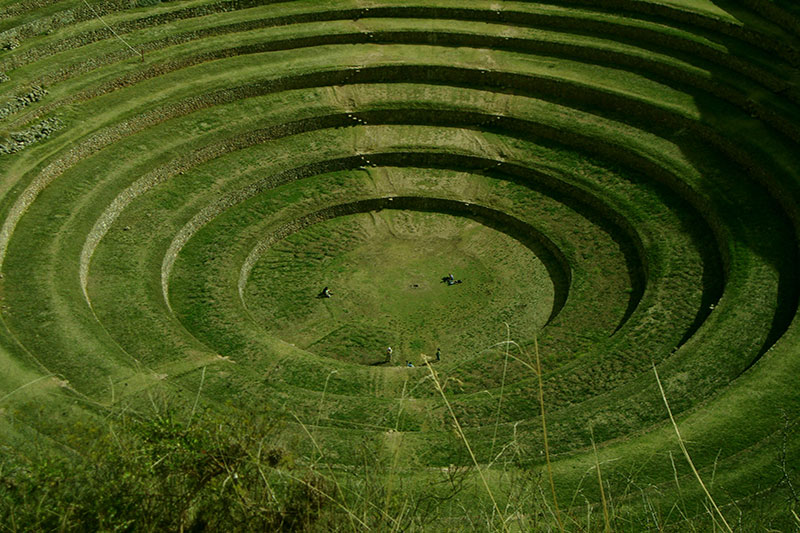
Yucay
This quiet town is located 55 kilometers by road from the city of Cusco. In Inca times, the fertile lands of this place were used mainly for agricultural production. Emperor Huayna Cápac had a series of platforms and palaces built there . During the colony, the Yucay lands were distributed by the Spanish rulers who ordered the construction of churches and houses on the ancient Inca buildings. Today, it is a welcoming place for visitors interested in history since they still have Inca walls and platforms.
All the sports you can do in the Sacred Valley
- Quad bike – One of the most popular adventure sports in the Sacred Valley is the route that connects Chinchero, Maras and Moray by Quad bike. During the route, the tourist will be able to visit the Moray and Salineras de Maras platforms.
- Trekking – There are several hiking trails in the valley. Perhaps one of the most popular of all is the Inca Trail, a route that begins in a section of Ollantaytambo and ends in Machu Picchu, after 39 kilometers of Inca trails.
- Rock climbing – The via ferrata or rock climbing is practiced in the Pachar sector in Urubamba. It uses ropes, staples, handrails and nails to provide security to the visitor during the ascent to a high rock. It is one of the most extreme sports that can be practiced in the Sacred Valley.
- Zipline – The zip line is practiced in the Maras area, close to the famous salt mines. The circuit consists of 4 cables, the longest is 1250 meters. The tourist can travel the 4 cables or the one that seems best to him. At the top you can enjoy all the scenic beauty of the valley.
- Rafting – Boating takes place on the famous Vilcanota River, considered sacred by the Incas. The start of the adventure is between the towns of Urubamba and Ollantaytambo. There are different levels, depending on the visitor’s experience. The river tour takes between 1 to 2 hours.
- Cycling – The starting point of the adventure is at the ‘Abra Málaga’, located 4,316 meters above sea level (14,160 ft). From there it descends for several kilometers until it reaches Ollantaytambo, located 2,792 meters above sea level (9,160 ft).
What do I need to go?
- In addition to airfare and lodging in Cusco, it is important to get a tour package to the Sacred Valley of the Incas or, if you come on your own, the Cusco Tourist Ticket that includes the main attractions of the valley.
- Go with a tour package – There are two tour packages to the Sacred Valley: a) the Sacred Valley Full Day tour (includes Pisac, Urubamba, Ollantaytambo and Chinchero) and b) the Maras, Moray Half Day tour (includes the salt mines of Maras and the circular terraces of Moray).
- Going on your own – If you are traveling on your own it is important that you purchase the Cusco Tourist Ticket Circuit 3 which includes admission to Pisac, Ollantaytambo, Chinchero and Moray. You can get transportation in the street ‘Pavitos’ near the historic center of the city of Cusco.
How much does the trip to the Sacred Valley of the Incas cost?
- The tour to the Sacred Valley of the Incas for 1 day costs approximately 60 dollars per tourist. This tourist service includes full transportation, tickets, professional guide and buffet lunch in Urubamba. It lasts approximately 10 hours (from 8 in the morning to 6 in the afternoon).
- To make the trip on your own it is necessary to buy the Cusco Tourist Ticket whose cost is 70 soles for foreigners and 40 soles for Peruvian tourists. This ticket allows entry to the archaeological sites of Pisac, Ollantaytambo, Chinchero and Moray.
Tips for your visit
- Bring a raincoat – The Sacred Valley of the Incas is recognized for its temperate climate. However, rains can occur at any time. Carry a raincoat at all times. Especially from January to March, when rains are more frequent.
- If you travel without a tour, buy your Tourist Ticket – Tourists who travel on their own, can buy the entrance to the archaeological site of their choice at the door of the place. However, the most economical option is to acquire the Cusco Tourist Ticket, which includes income to all parts of the valley: Pisac, Ollantaytambo, Chinchero and Moray.
- If you can, get lodging in the Sacred Valley – Although most people decide to stay in the city of Cusco; the towns of the Sacred Valley offer quality options. And, above all, they offer a better climate (at a lower altitude) than the city of Cusco. For example, in the town of Urubamba there are hotels of all levels, including 5 stars.
Image gallery of the Sacred Valley of the Incas
Questions and answers about the Sacred Valley of the Incas
1) What to see in the Sacred Valley of the Incas?
The Sacred Valley of the Incas offers beautiful landscapes, Inca archaeological sites and Inca towns with a lot of history. It stands out for the Inca sites of: Pisac, Ollantaytambo, Chinchero and Moray.
2) How to get to the Sacred Valley of the Incas?
There are two possible routes to get from Cusco to the Sacred Valley of the Incas: by the route to Pisac and by the route to Chinchero.
3) Where to take the best pictures on the trip to the Sacred Valley of the Incas?
The Taray and Chinchero viewpoints offer two of the best landscapes in the Sacred Valley of the Incas. In addition, tourists can get incredible photos in Moray and the salt mines of Maras.
4) What sports to do in the Sacred Valley of the Incas?
On the trip to the Sacred Valley of the Incas you can practice different adventure sports such as: trekking, rock climbing, zipline, canoeing, cycling or ATV routes. The best way to do these routes is with a tourism agency.
5) Where to buy the tour to the Sacred Valley of the Incas?
The tour to the Sacred Valley of the Incas can be purchased with a tourism agency, either on its website or at its premises in the city of Cusco. It is recommended to get an agency that offers quality service and includes everything you need for the trip.
6) How much does the tour to the Sacred Valley of the Incas cost?
The tour to the Sacred Valley of the Incas for 1 day costs approximately 60 dollars per tourist.
7) How high is the Sacred Valley of the Incas?
The Sacred Valley of the Incas is made up of Andean towns located at different altitudes such as: Pisac (2,972 masl), Urubamba (2,871 masl), Ollantaytambo (2,792 masl) and Chinchero (3,762 masl).
8) When is the best time to visit the Sacred Valley of the Incas?
The dry season (little rain) is recommended to visit the Sacred Valley. This season includes the months of April, May, June, July, August, September and October.
9) What to take to my trip to the Sacred Valley of the Incas?
During your trip to the Sacred Valley, it is recommended to bring: sportswear, comfortable and resistant shoes, sunscreen, a hat, mosquito repellent, a raincoat in case of rain, snacks, rehydrating drinks and whatever the visitor deems necessary.
10) Is the trip to the Sacred Valley of the Incas dangerous?
The trip to the Sacred Valley of the Incas is very safe. If you go hiking, it is recommended to hire a professional guide.
Advice from people who have been there
 By: Edgar C
By: Edgar C“I recommend the way to Pisac for lovers of landscaping“
“Without a doubt, the best place to take photos is on the way to Pisac. You admire a beautiful landscape of crops that the ancient Incas appreciated for the benefits of Mother Earth. It is worth taking a few dozen photos in this place (not to exaggerate); It is very extensive, but in my opinion it is one of the best places for landscape lovers“
By Ticket Machu Picchu – Last updated, August 22, 2022
